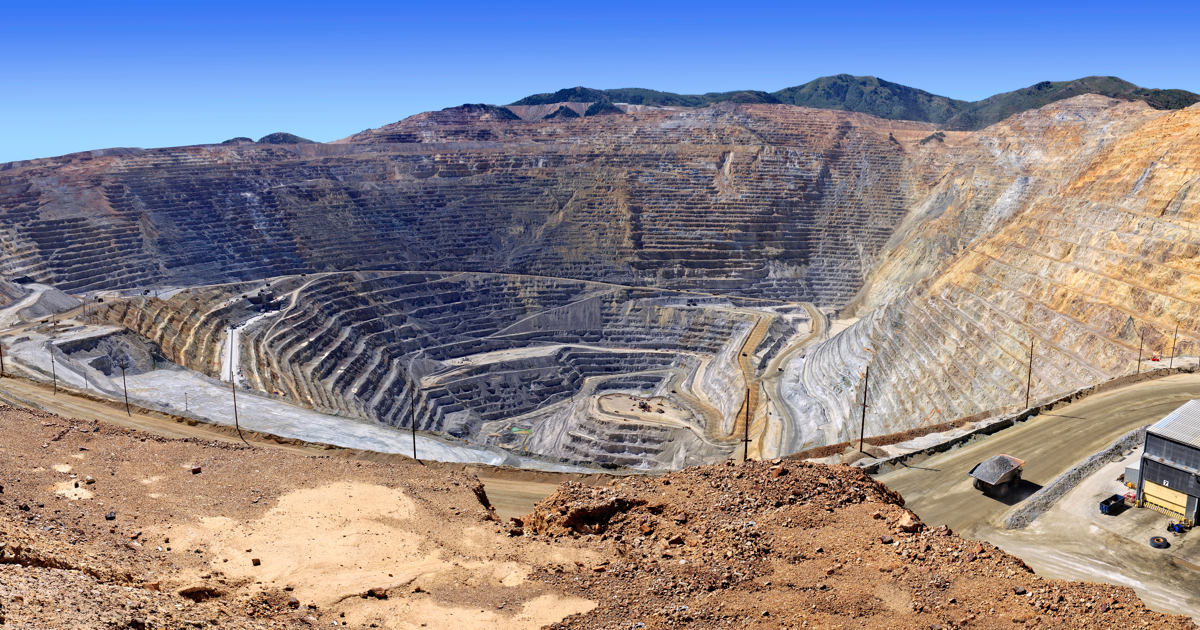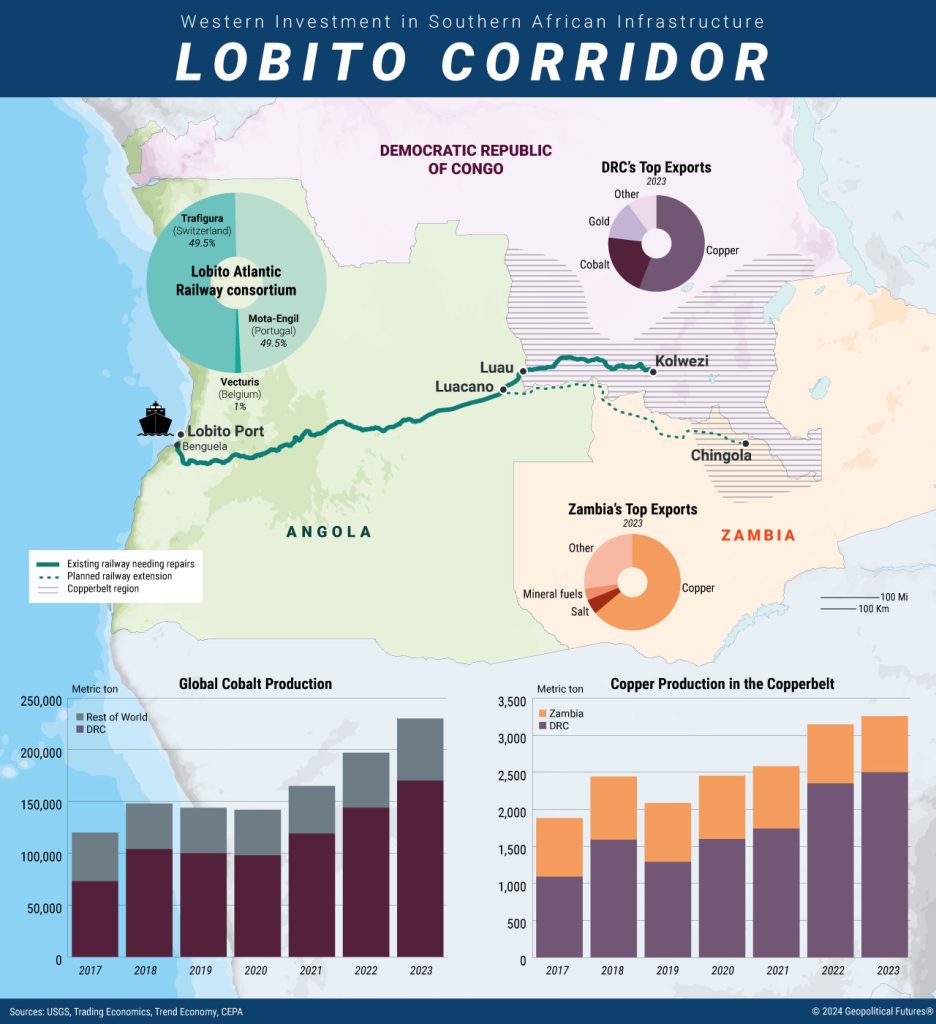
By Edson Baraukwa | Africa Guardian

The success of the Lobito Corridor project hinges on securing adequate financing. This ambitious plan involves constructing a 1,850-km (1,150-mile) railway that will connect the Democratic Republic of Congo (DRC) to the Atlantic Ocean through Angola’s Port of Lobito, with a 500-km extension linking Zambia to the main route.
Announced in September 2023, the $1.7 billion initiative is a collaborative effort among the European Union (EU), the United States, African nations, the African Development Bank, and other key stakeholders. The corridor is designed to connect some of the world’s richest cobalt and copper mining regions to global markets via the Atlantic Ocean, thereby boosting trade opportunities with the EU and the U.S.
These minerals, crucial for electric vehicles and battery production, are central to the EU and U.S. strategies for building resilient supply chains. However, China currently dominates the sector, controlling a significant portion of cobalt production and battery manufacturing. For instance, Chinese companies hold 80 percent of cobalt production in the DRC, with exports predominantly directed through the east coast and the Indian Ocean.
The Lobito Corridor project promises to reduce export costs, improve global market access, and enhance regional trade for Zambia, the DRC, and Angola. Nevertheless, the project is still in its early stages, with the pre-feasibility study for the Zambia-Lobito segment commencing in September 2022. The success of this venture is heavily dependent on securing the necessary funding.
Despite these challenges, the initiative highlights the growing strategic importance of securing critical minerals. The EU and U.S. have already pledged substantial investments and will serve as major lenders, alongside the African Development Bank and Africa Finance Corp. A recent memorandum of understanding signed by seven stakeholders marks the beginning of preparatory work for what could become a significant cross-continental railway linking Africa’s east and west coasts, potentially offering substantial economic benefits to the region.
___
